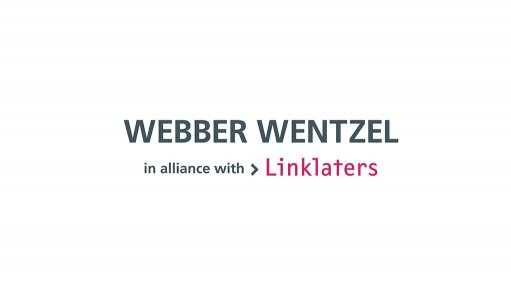
The Chief Inspector of Mines has issued a guidance note to assist mining companies to manage and control HIV in the workplace, which requires employers to put policies, plans, awareness and monitoring in place
More than 40-million people worldwide are infected with HIV and it is estimated that 26-million of these are workers aged between 15 and 49 (the prime of their employable years). South Africa has a long history of high rates of HIV and remains one of the countries that is most severely impacted.
Historically, reporting on HIV was not compulsory, as mines were only required to report on occupational diseases. In 2013, the Chief Inspector of Mines issued an instruction to mines to complete the DMR 164 Form, a reporting template for HIV (and TB). Since 2014, the mining industry has an excellent HIV/AIDS (and TB) reporting system and the results are utilised for monitoring progress in reducing new HIV (and TB) infections in the industry. Unfortunately, HIV continues to dominate the modern healthcare agenda and business and government must work together to successfully tackle these epidemics.
The Chief Inspector of Mines recently published a guidance note to assist in the management and control of HIV in the South African mining industry. It must be implemented in conjunction with other guidelines published in relation to the prevention, monitoring and treatment of HIV in the workplace. The guidance note sets out accepted good practice on the management and control of HIV in the mining industry. The implementation of standards to the contrary could be regarded as negligent.
The guidance note deals with various aspects including:
The guidance note prescribes that a holistic package of HIV management should include: HIV Testing Services, adherence counselling, psychological support, nutritional assessments, and education and integration with the TB prevention and management programme. It requires the implementation of a treatment adherence programme which should cover aspects such as education about the disease, lifelong treatment, medication to be taken and possible side-effects, lifestyle modification and viral suppression monitoring.
Internal monitoring and evaluation of HIV management and control programmes should be conducted quarterly at the joint health and safety committee meetings and subjected to annual monitoring through the DMR 164 Form.
In line with this guidance note, employers in the mining industry must do the following:
- prepare an implementation plan and institute measures for monitoring and ensuring compliance with the guidance note
- ensure that the guidance note (and related documents) are available at the workplace for access by any affected person
- ensure that health and safety representatives are provided with a copy of the guidance note
- ensure that employees are aware of the guidance note and the respective areas of responsibilities in its implementation
Written By Nivaani Moodley, Kalene Watson and Shane Johnson from Webber Wentzel